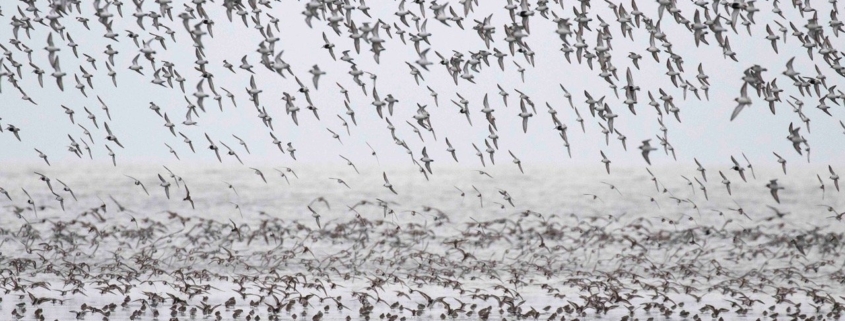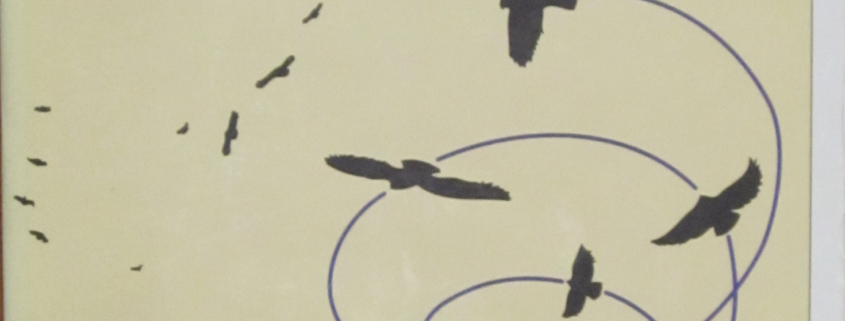Birding in a Winter Wonderland, December 7th
Photo: FMN Lori Scheibe
Wednesday, December 7, 2022
7 – 8:30 pm
Webinar
$25 member/$30 nonmember
Register here through Smithsonian Associates.
We all grow up with the knowledge that birds fly south for the winter, but while our neotropical summer breeders return to the tropics, many other species find their way to winter homes in temperate North America from their arctic breeding grounds. The majority of these birds are ducks, geese, and swans, but the seasonal visitors also include songbirds, shorebirds, and raptors. Winter is also a great time to observe rare vagrant birds that have flown out of range and need to refuel before continuing their journey.
Naturalist Matt Felperin shares valuable tips on how to the make the most of winter birding in the mid-Atlantic region. Learn why so many species stay here for the winter instead of flying further south and discover some new locations to observe our winter snowbirds—complete with detailed photos. You’ll be ready to put on your snow pants and parka and enjoy one of the most rewarding and magical times for birding.





